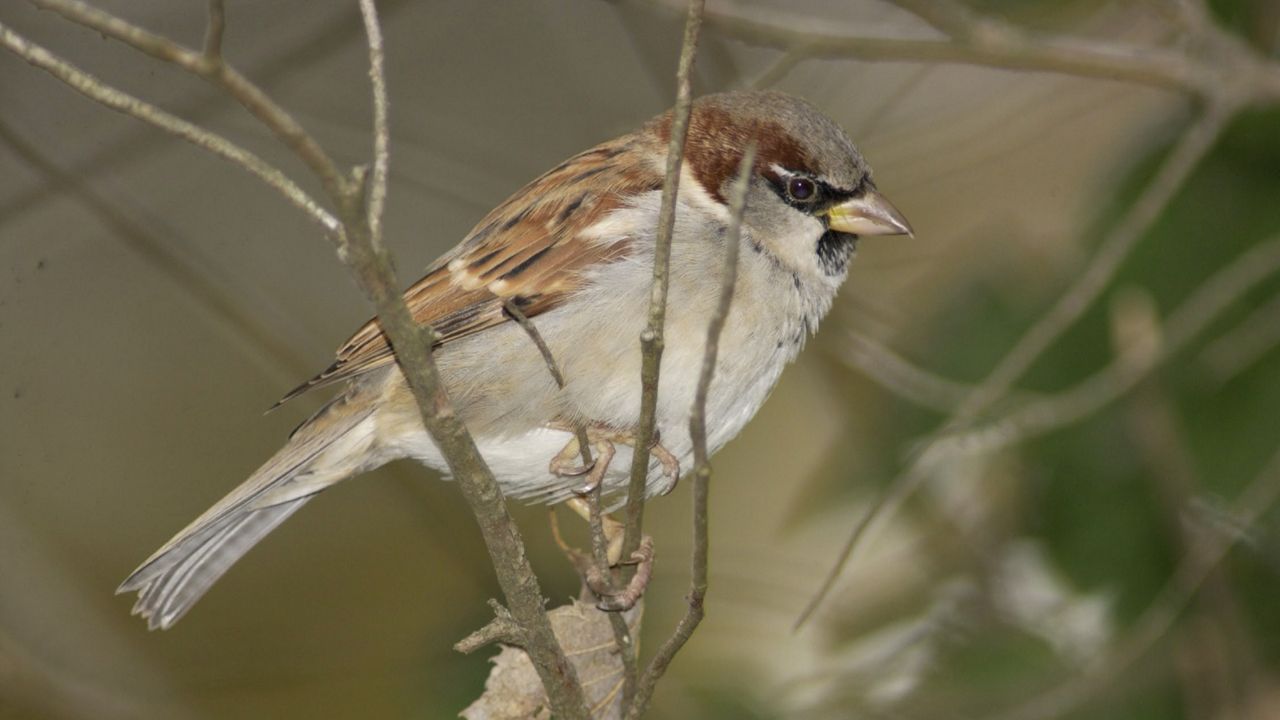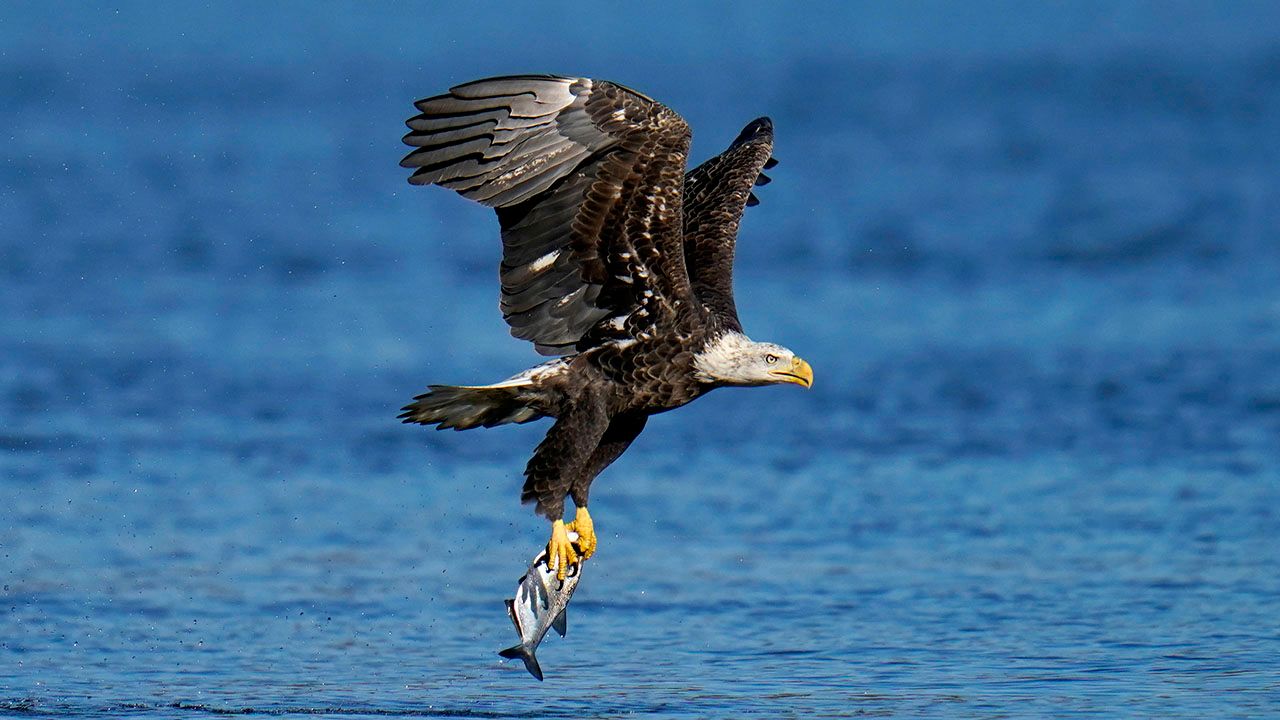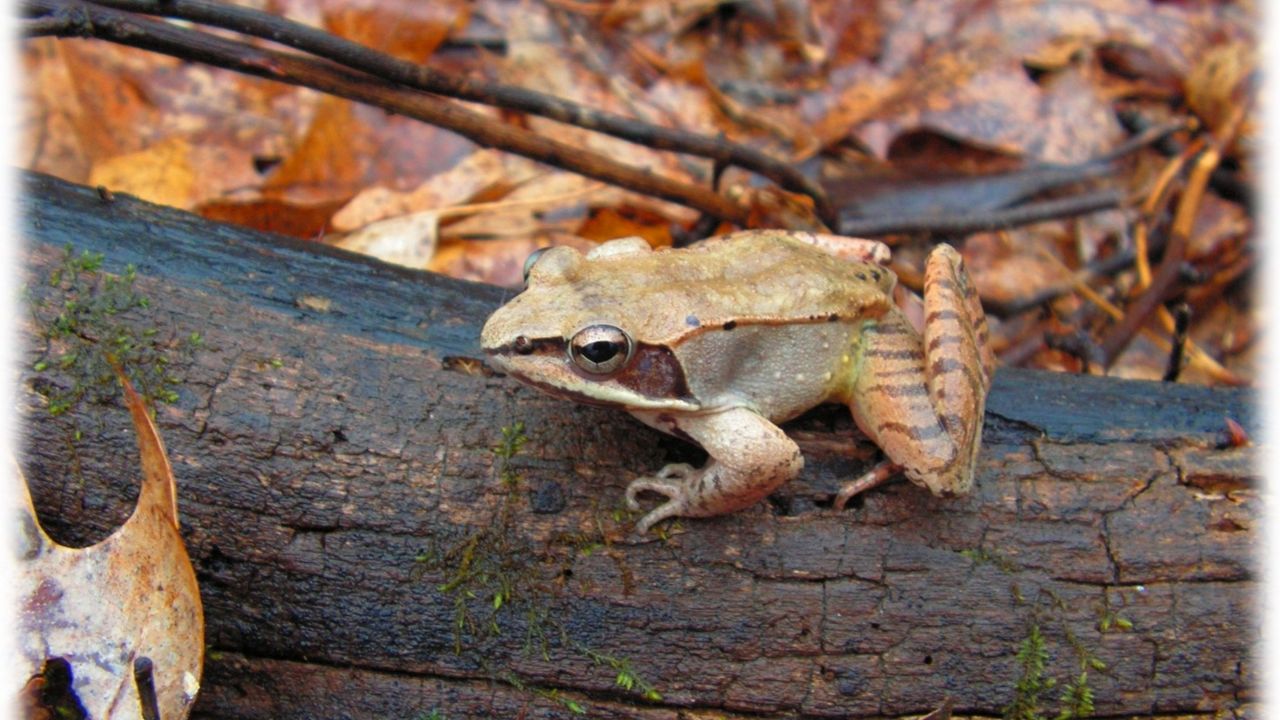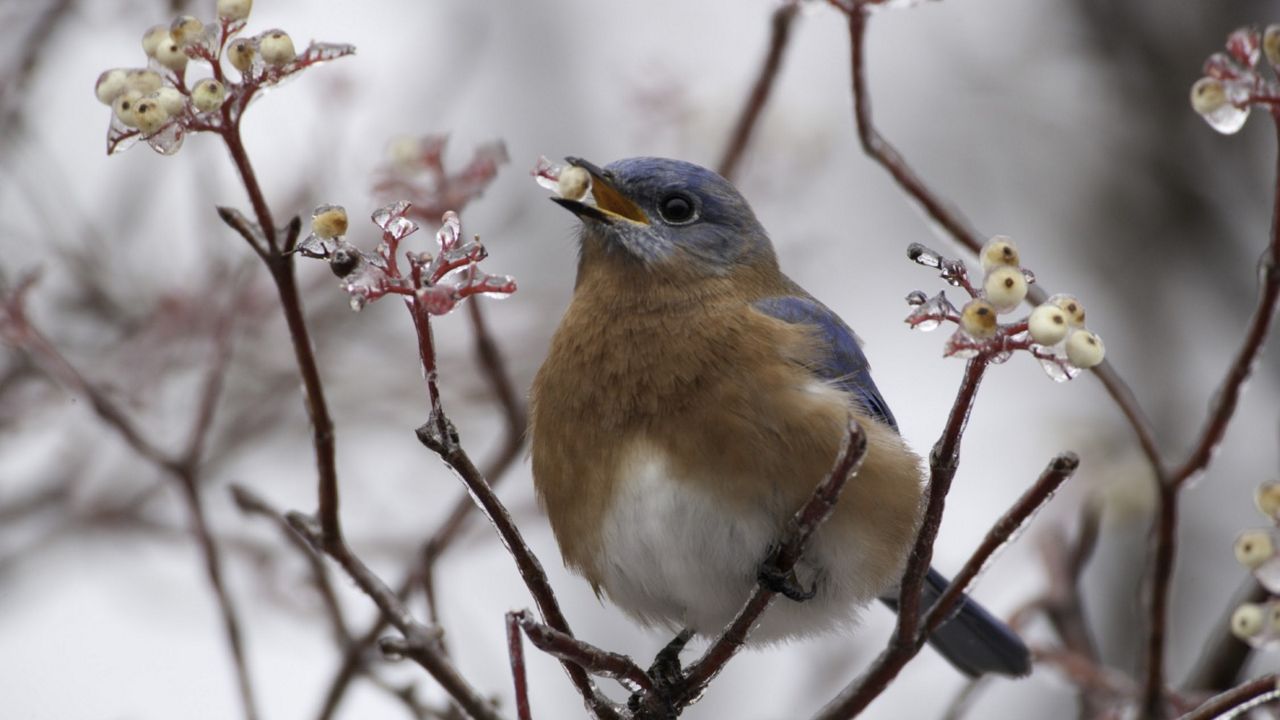During the late fall and early winter, I noticed a ton of non-migrating birds flying around the St. Louis area. One morning I was quite surprised when I heard several thuds on my window and began investigating.
Clang! I look out to see a spot on the window in my living room, yet nothing remains on the ground. About five minutes later, I hear another clang! I look again and this time I see a bird on the ground close to the window.
A few moments later, it flies away. Another five minutes go by, another clang! This time a bird lays dead on the ground outside my window.
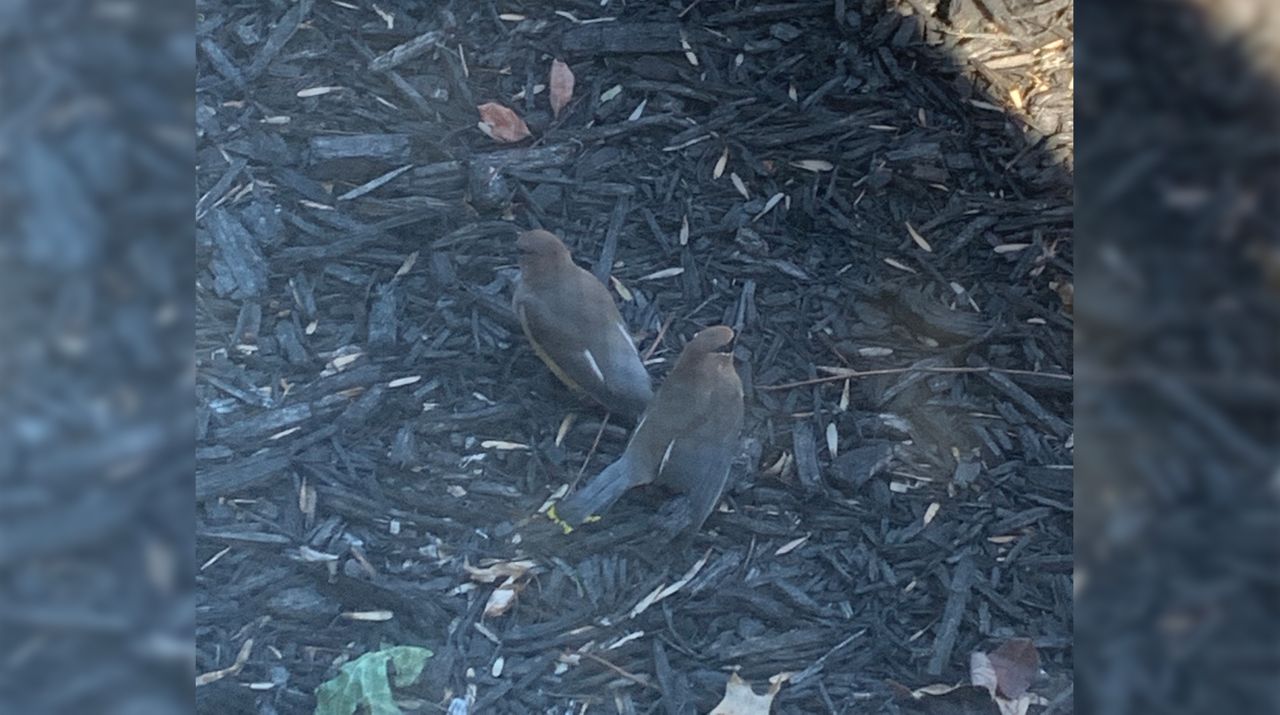
“A bird must have mistaken the reflection of the tree or the landscape in the window causing it to fly straight into it,” says Urban Wildlife Biologist Erin Shank with the Missouri Department of Conservation. Bird strikes from windows happen frequently because birds don’t have a reference for a window.
A reflection of the sky or landscape in the window occurs during sunny weather, even if it’s just a bit. This includes mostly cloudy skies to completely sunny skies.
Nocturnal avian creatures also encounter issues with light from windows, especially in urban areas.
For the St. Louis region, Shank explains, “In times of migration, a lot of birds fly along the Mississippi River overnight. The light pollution from the city can cause difficulty in navigation, throwing them off path and making it more difficult to avoid obstacles at night, even with other birds.”
Similar situations can occur during low visibility or foggy conditions. The birds may become disoriented or thrown off the path, creating more opportunity for strikes.
It's not just St. Louis that deals with bird strikes. All cities that have migratory birds see these unfortunate situations. “During peak times of migration in spring and fall, the Audubon Society gathers data of bird fatalities along specific city blocks, citing window strikes as the main reason for the fatalities,” Shank says.
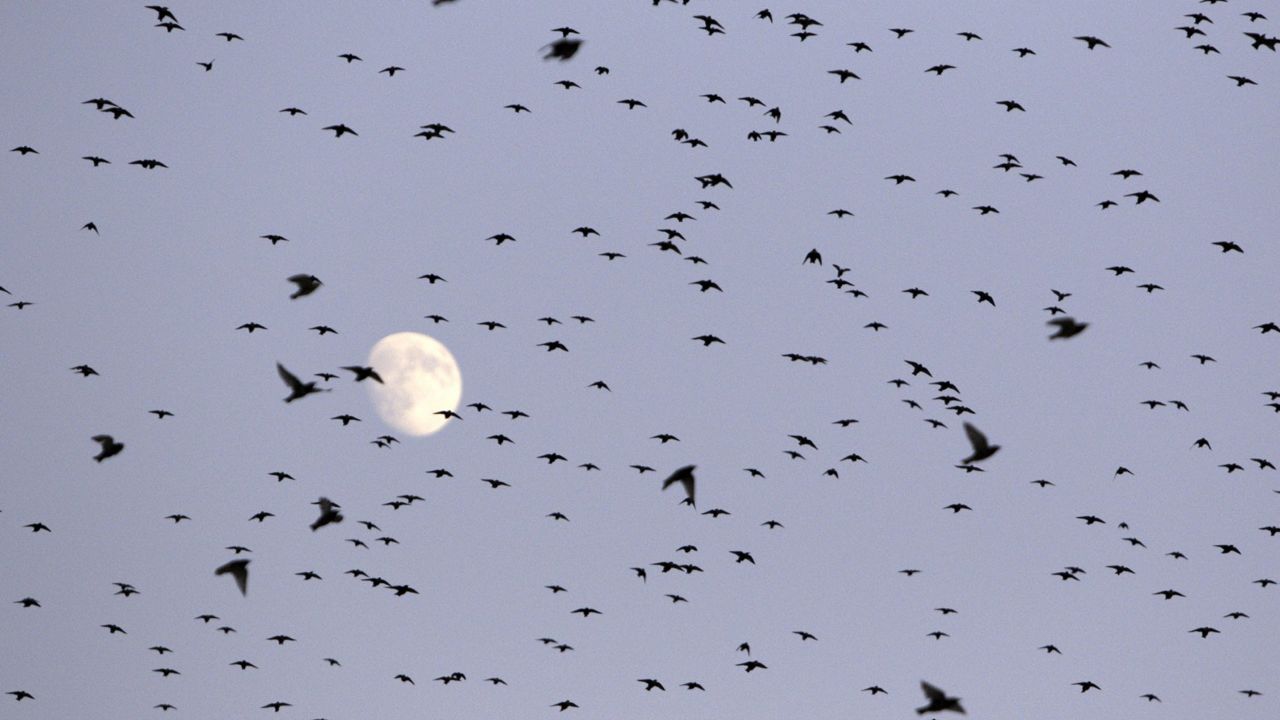
The resident birds may have been the ones flying into my window. “We have about 70 resident bird types,” Shank explains. “Resident birds, like the cedar waxwing, gold finches and even cardinals have adapted to the four seasons of the region and find food even during the colder months.”
There are ways to minimize bird strikes into windows. “Don’t place bird feeders close to windows,” offers Shank. The convenience for you to observe birds close as they feed isn’t worth the chance of a window strike.
“Attach cling-on or decals on your windows. Those have proven most successful in minimizing bird strikes here at Powder Valley Conservation Area,” she adds.
One more way you can help maintain healthy birds in our region is to take part in Lights Out Heartland, which reminds you to turn off your lights at night, especially during peak times of migration. This will help birds not veer off their path due to light pollution. In St. Louis, the Gateway Arch even turns off its light during peak migration to help keep birds safe.
Best time of year to view unique birds is during times of peak migration, May or late September. Or even following a big thunderstorm.
"Big thunderstorms can cause big fallout,” says Shank. “Migratory birds would hunker down and take shelter and hold off for a few days.” Adding, “Best time to ‘bird’ is right after a thunderstorm. Maybe see some unusual birds that way.”
The St. Louis area offers many parks with excellent bird watching, including Tower Grove Park, Creve Coeur Lake Memorial Park, Weldon Spring Conservation Area, Forest Park and Powder Valley Conservation Area.
Our team of meteorologists dives deep into the science of weather and breaks down timely weather data and information. To view more weather and climate stories, check out our weather blogs section.





